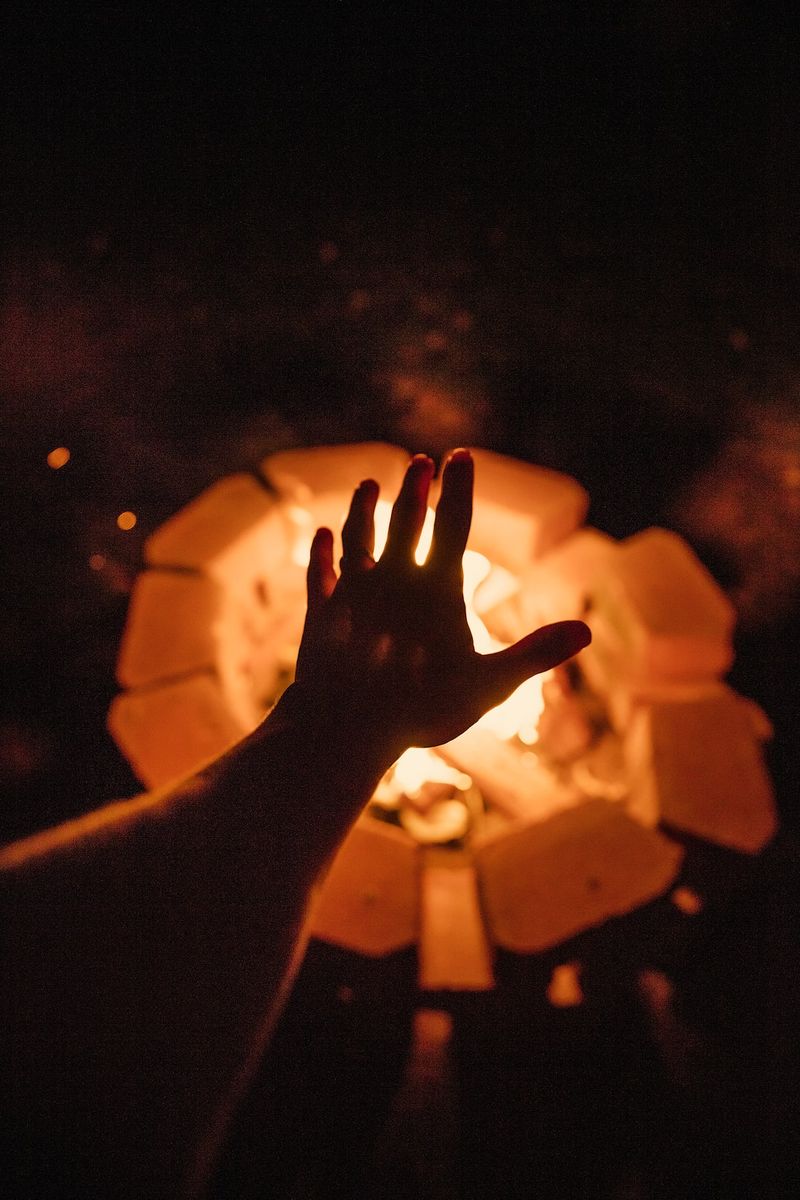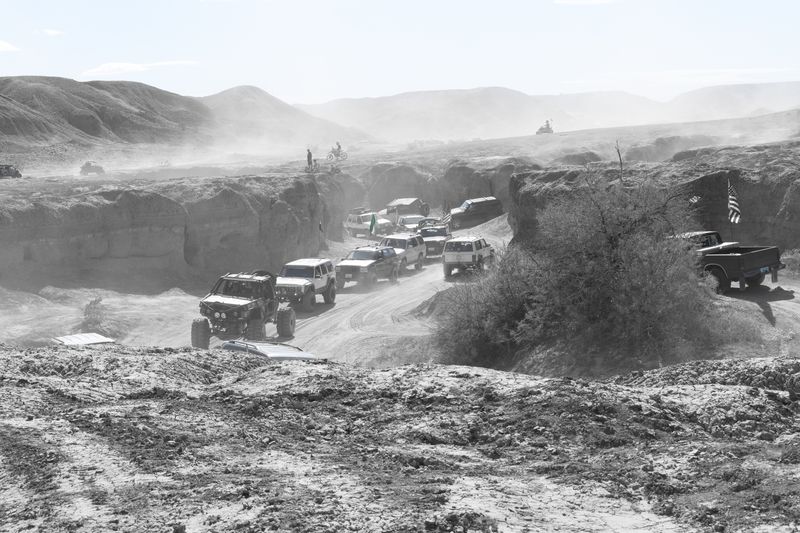The Extreme Heat of Death Valley National Park: A Challenge for Tourists
Introduction
Death Valley National Park, located on the California-Nevada border, is known for its extreme temperatures and inhospitable desert landscape. Despite the scorching heat, tourists continue to flock to this infamous destination, even as a major heatwave grips the United States. With temperatures predicted to reach record-breaking levels, visitors are both amazed and challenged by the extreme conditions.
The Unforgiving Environment
Death Valley National Park boasts the distinction of being the lowest, hottest, and driest place on Earth. Known for its unforgiving environment, it provides a unique experience for visitors who dare to explore its rugged terrain. However, the oppressive heat poses risks that should not be taken lightly. The park features a famed thermometer outside the Furnace Creek Visitor Center, and recent photos showed temperatures reaching a blistering 120 degrees Fahrenheit. This weekend, the mercury is expected to climb even higher, potentially exceeding 130 degrees Fahrenheit.
Warning Signs and Precautions
While some intrepid individuals may still brave the heat, signs at hiking trails advise against venturing out after 10 a.m. Nighttime temperatures, though cooler, will still be uncomfortably high, remaining above 90 degrees Fahrenheit. Park officials at Death Valley and other national parks in hot regions, such as the Grand Canyon National Park and Big Bend National Park, issue warnings and restrictions to safeguard visitors. Cynthia Hernandez, a spokesperson for the National Park Service, emphasizes that precautions vary across parks and landscapes, with certain trails being closed if conditions are deemed too dangerous.
A Deadly Reality
Unfortunately, the extreme heat has already claimed lives. Preliminary information from the National Park Service indicates that at least four people have died this year from heat-related causes across the 424 national park sites. Just this month, a 65-year-old man from San Diego was found dead in his vehicle at Death Valley. The park emphasizes self-reliance, as rescue efforts may not come in time to aid lost tourists. While rangers patrol park roads and can assist distressed motorists, there is no guarantee of timely assistance.
Philosophical Discussion: Humans vs. Nature
The allure of Death Valley National Park lies in its stark beauty and harsh conditions, attracting over 1.1 million visitors annually. Many tourists are lured by the challenge of exploring this demanding and otherworldly landscape, despite the risks involved. However, such encounters with nature’s extremes raise philosophical questions about the relationship between humans and nature.
Death Valley forces us to confront the limits of our own mortality and the fragility of our existence. As we test our physical and mental endurance in the face of extreme heat, we are reminded of our vulnerability and the unyielding power of nature. The experience prompts us to reflect on our place in the natural world and consider how we interact with environments that are both awe-inspiring and potentially dangerous.
Advice for Visitors
For those considering a visit to Death Valley National Park and other extreme environments, it is crucial to prioritize safety and make informed decisions. The following recommendations can help ensure a memorable and secure experience:
1. Research and Plan
Before your trip, thoroughly research the park’s conditions and limitations. Familiarize yourself with the park’s regulations, advisories, and weather forecasts. Understand that extreme heat can significantly impact your physical capabilities and can be life-threatening, so plan accordingly.
2. Stay Hydrated and Protected
Bring ample water, as dehydration is a real risk in extreme heat. Carry sunscreen, a hat, and light, breathable clothing to shield yourself from the sun’s rays. It is important to replenish fluids regularly and seek shade whenever possible.
3. Heed Warnings and Restrictions
Respect the guidelines and signs provided by park officials. Pay attention to trail closure notices and avoid venturing out during peak heat periods. Remember that your safety should be paramount, and it is better to err on the side of caution.
4. Be Self-Reliant
Understand that relying solely on park services for rescue or assistance is unwise. Take personal responsibility for your well-being and prepare appropriately. Carry essential supplies such as food, water, and emergency equipment to ensure your own safety.
5. Embrace and Respect Nature
While Death Valley National Park’s extreme conditions should be approached with caution, it is also essential to appreciate the unique beauty and fragility of the environment. Take the time to learn about the delicate ecosystem and explore responsible ways to interact with the surroundings without causing harm.
Conclusion
Death Valley National Park’s extreme heat presents a profound challenge to visitors, beckoning them to test their limits and reflect on their relationship with the natural world. While the allure of the park’s mesmerizing landscapes and awe-inspiring sites is undeniable, it is vital to approach such trips with careful consideration for personal safety. By researching, planning, and respecting nature, visitors can strike a balance between adventure and responsible exploration in this unforgiving yet captivating environment.

<< photo by Huper by Joshua Earle >>
The image is for illustrative purposes only and does not depict the actual situation.
You might want to read !
- “Breaking Point: Escalating Heat Wave to Unleash Weekend Inferno”
- The Climate Crisis Heating Up: One-Third of Americans Under Extreme Heat Alerts
- Powerful Perryton: Analyzing the Devastation and Aftermath of the Deadly Texas Tornado
- Rise in Police Shootings Sparks Urgent Calls for Policy Reform
- “Is Lady Luck Ready to Crown a New Billionaire? $875 Million Powerball Jackpot Awaits!”
- Opinion: The Socioeconomic Impact of Record-Breaking Jackpots
Mega Millions Jackpot Reaches Astonishing $560 Million
- Anticipating Playboi Carti’s Antagonist Tour: A Guide to Catching the Show in Metro Phoenix
- Title: Unraveling the Intrigue: Analyzing the Impact of “Mission: Impossible—Dead Reckoning Part One”
- “The Dune Saga Continues: Unveiling the Official Trailer for ‘Dune: Part Two’”
- Hidden Ireland: Unveiling the Cinematic Beauty of the Emerald Isle
- An Ethereal Encounter: Witness the Unlikely Bond Between a Fearless Woman and a Great White Shark
- Michael Bolton’s Latest Album, “Spark of Light,” Sets the Music World Ablaze
- The Sparkling Spectacle: Chicago’s Unforgettable Fourth of July Festivities
- The Power of the Outdoors: An Irish Hiker’s Joy on Father’s Day




